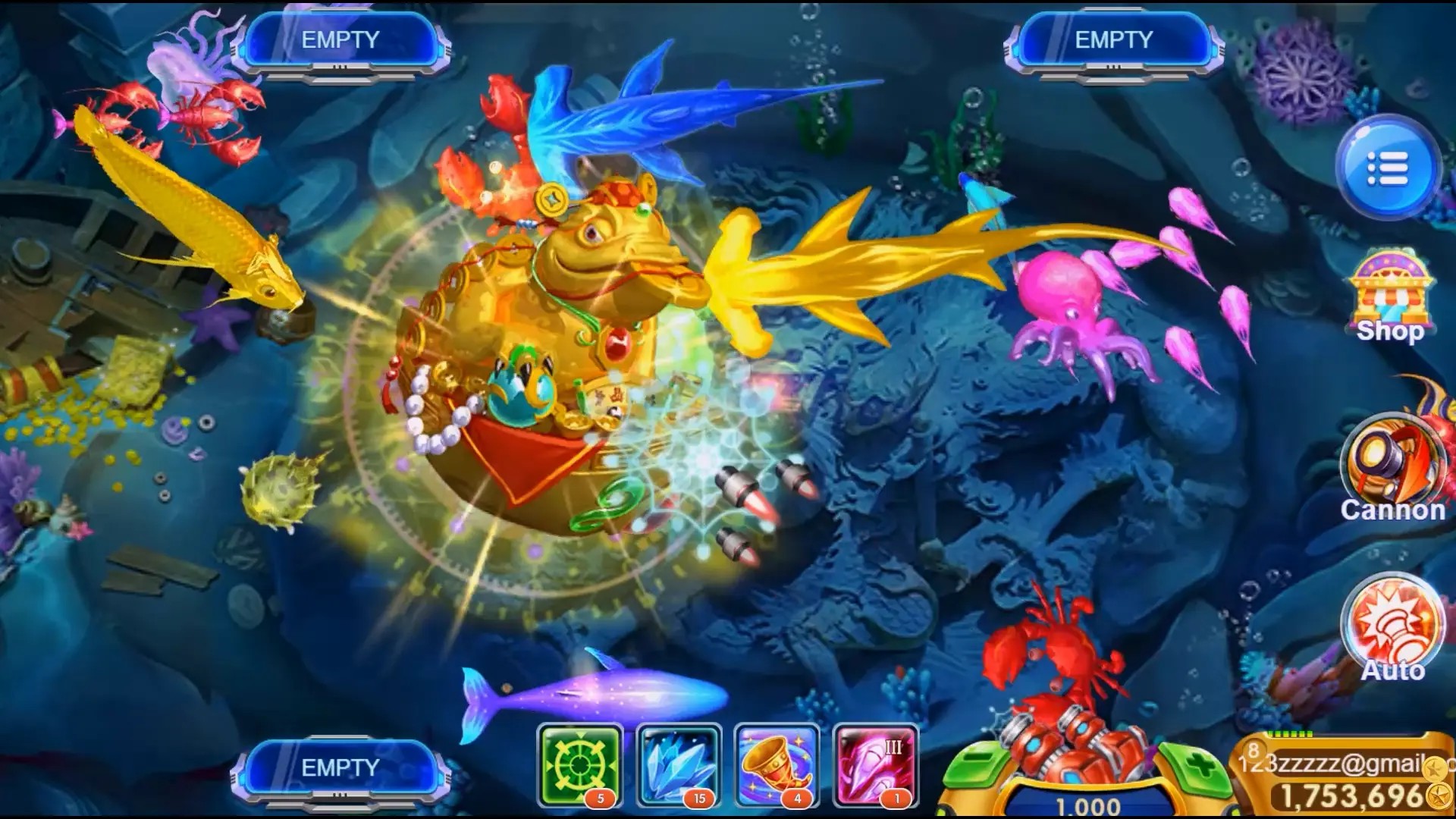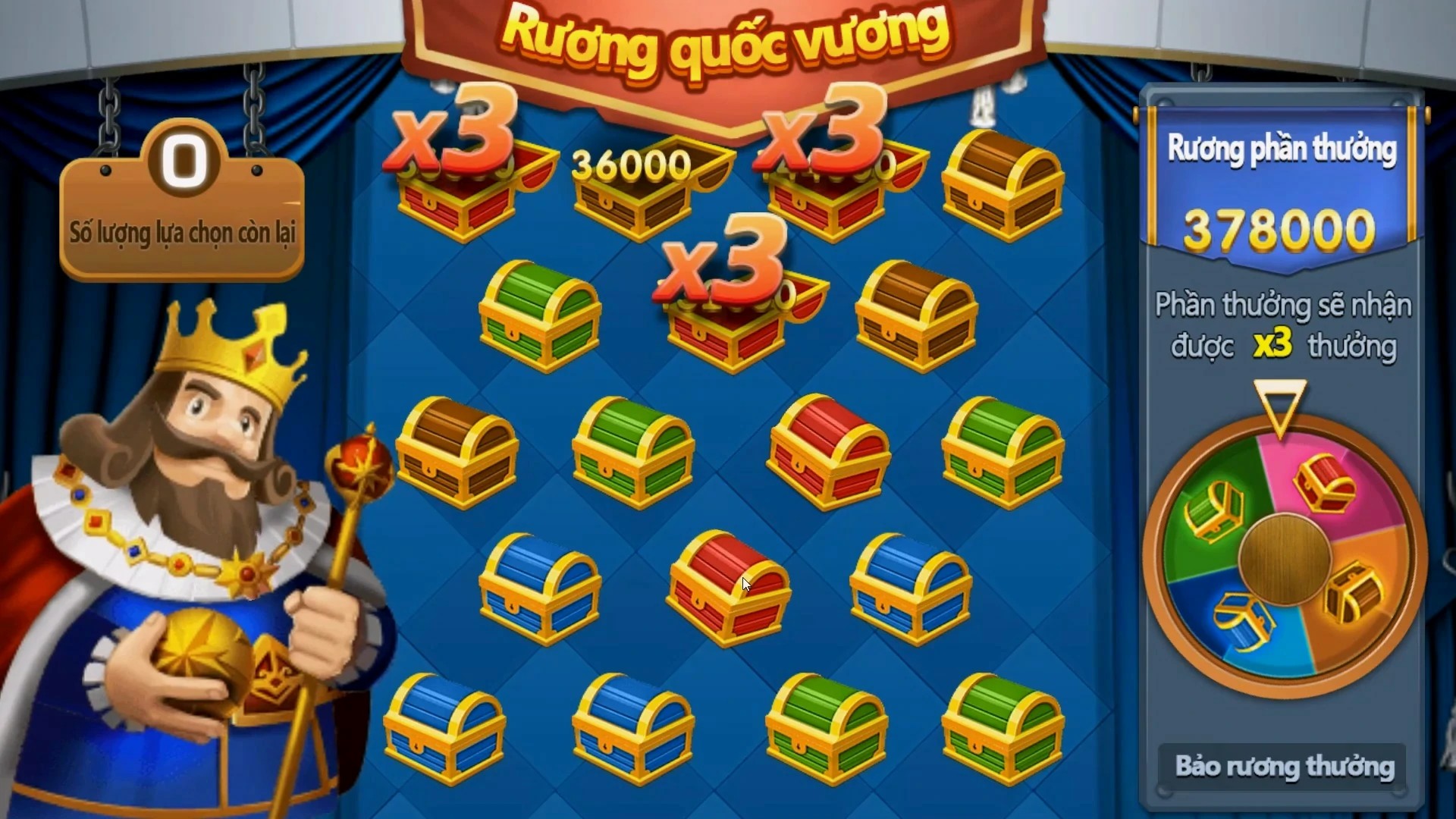Explore Boundless Worlds: A Journey Through Sandbox RPGs
In recent times, gamers have shown a growing affection for titles offering **open-ended narratives** and player-driven choices. Among these, a special category—Sandbox RPGs—stands tall. While games like **EA Sports FC 24 Switch Review** cater to fans of realism and structured gameplay, it's the world of role-playing where limitless freedom finds its home. Let’s dive deeper.
What Makes Sandbox RPGs Unique?
| Feature | Sandbox RPGs | Traditional Games |
|---|---|---|
| Open-World Structure | Highly flexible | Rigid storyline |
| Exploration Depth | Vast, unstructured | Limited zones |
| Narrative Flexibility | Mutli-layered choices | Fixed character roles |
| User Influence on Ending | Fully customizable | Static conclusion |
A few standouts in **RPG games**, from sprawling epics like *Skyrim* to gritty worlds like *New Vegas*, let players build their destinies. Here are some key points why this style of gaming resonates across generations:
- You shape your destiny without scripted boundaries
- Multiple story arcs often intertwine
- Creativity is more valued than muscle memory skills
The Appeal Beyond Fantasy Lands – Real World & Imaginary Magic
While high fantasy worlds remain dominant within this segment; there’s rising curiosity about games with **Hogwart's-style magic themes**, particularly among fans who long for an **Harry Potter RPG game** where choice isn’t just aesthetic, but foundational. This trend aligns closely with player demands — wanting depth, mystery and the thrill of self-paced growth. Even non-magic based stories adopt magical design patterns to create engaging worlds. Think dynamic weather, moral dilemma dialogues, branching quests etc.
The Technical Layer: Building Blocks of Freedom
Digging slightly deeper into design paradigms – sandbox mechanics allow players more than exploration alone — here’s what truly makes **immersive experiences** possible behind the code:
- Script-free questing system: Quest trees respond to choices without strict triggers.
- Dynamic AI companions: Characters react and adapt based on user behavior.
- Procedural environment events that aren't predictable, ensuring replay value stays strong over multiple sessions.
Beyond all the buzz words used in promotional materials — “living world", “organic evolution", etc – what really defines quality in a free roaming RPG? Below elements seem most pivotal during testing by reviewers:
| Evaluation Aspect | Satisfy Core Needs: Is player agency apparent? | |
| Sustaining Long Engagement: Can you invest hours beyond critical path? | ||
| Game Balance: Does power creep break immersion? | Depth Integration: Lore feels integral to mechanics, not just fluff. | |
Final Verdict
At their best moments, well-designed sandbox rpg adventures transcend mere games – they're virtual lives we get to experiment through. Unlike formulaic setups like in e.a.sports.fc.24.Switch' football simulation model which sticks strictly to genre rules – here rules get broken regularly. So yes if you ever find yourself craving more autonomy, unpredictability even occasional bugs along the way – grab an open world crpg. The journey’s unpredictable enough – exactly like real-life storytelling at its finest


